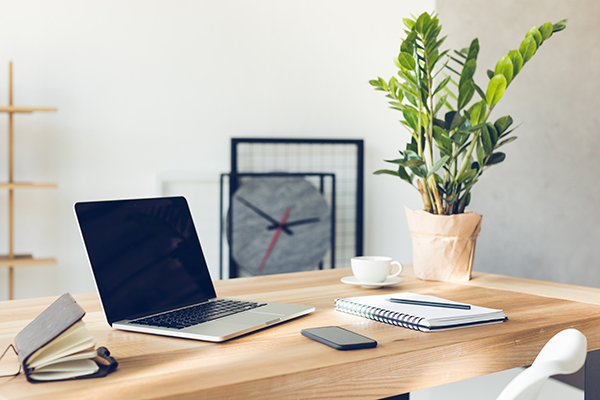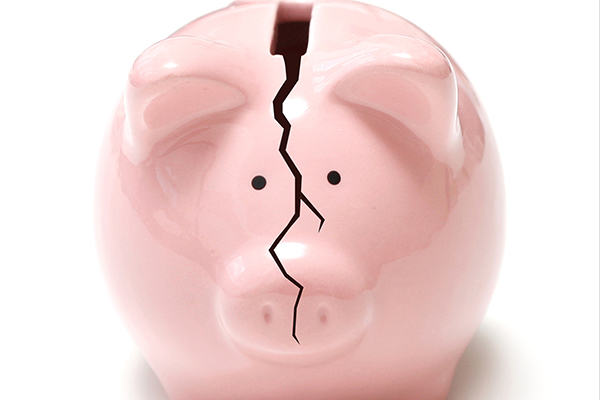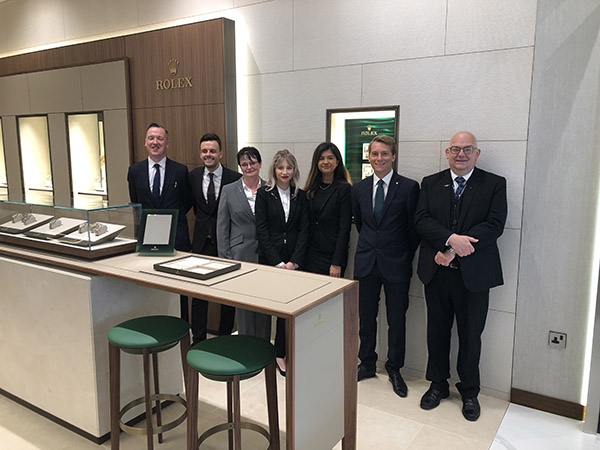
One of the biggest challenges that any business (big or small) has is to create a working environment that brings the best out the people who work there. Pretty obvious really…
I speak to some business owners who say that; ‘it doesn’t matter so much because customers don’t visit the site’. Wrong answer – your biggest (and normally most expensive) asset sits there – the people who are your business. Create the right environment and they fly, but in the wrong environment the same people can flop.
You might be thinking what this has to do with health and wellness at the office, but actually a healthy working environment does all of the above – it creates the backdrop for people to enjoy their work and give their best.
One of the common threads we see in our line of work is that companies will spend time meticulously planning how to support and encourage a healthy productive workforce, but often overlook the four walls in which it happens.
The aim of this month’s article is to highlight some simple areas where you can create a healthy environment, without breaking the bank. Most ideas can be implemented without any, or minimal, cost.

Light up someone’s day
Proper lighting is essential for a healthy work environment. Getting rid of glare and shadows can reduce eye fatigue and headaches – that means happier, more productive people. If you are lucky enough to have natural light, simple things like keeping the windows clean make a huge difference. If natural light is not an option, natural light bulbs can drastically improve a dark workspace. These are now readily available from most lighting retailers, including Amazon.
Are you sitting comfortably?
‘Sitting all day isn’t the healthiest thing for you, but slouching all day is even worse’.
Put simply, the human body is not designed to spend eight hours a day sitting but, unfortunately for many of us, that’s exactly what happens at work. Sitting for extended periods can lead to muscle loss, weight gain, hypertension, osteoporosis, heart disease, depression, back pain, and many other conditions.
To counter the negative impact of sitting, ergonomically correct chairs and desks are now available as standard (the adjustable stand up desks would be our choice). However, more so - encourage employees to move around to different sitting areas or meeting areas, or even work outside the office.
Technology can also help - you can also try a gadget like the Lumo Lift, a tiny sensor that pins to your shirt and vibrates when it senses you slouching forward. Equally useful are computer programs like Move for iOS or Big Stretch Reminder for Windows – which can remind you to take breaks at regular intervals.
Clean and organised
Office cleanliness really matters because dust and bacteria can have a negative impact on your health. Sick building syndrome (SBS) is a phenomenon that causes a variety of illnesses and symptoms. SBS can be the result of chemical or biological contaminants, inadequate ventilation, or electromagnetic radiation, just to name a few. It can affect productivity and increase absenteeism.
Clutter is also known to increase feelings of depression and dissatisfaction – try adopting a clear desk policy.
Bringing nature into your office
Green leafy plants can be a great way to inspire creativity and a feeling of wellness in an office space. Steer clear of cacti though, their spikes can create the opposite of a relaxed feeling, or flowers with a strong scent, which can be distracting or irritating. Some plants, like the sansevieria, may even improve air quality in your office. If this is out of reach for you, you can let in some fresh air by keeping windows open while you work, or if that’s not an option, consider getting an air purifier with a HEPA filter. This will improve the air quality.
You are ‘where’ you eat
Having a dedicated area where employees can break from their work environment and eat is massively important, to allow interaction with other colleagues and to take a rest from the day’s tasks – allowing you to truly get that break during the day. Eating away from the desk can also encourage healthier food choices. Research has shown that eating while distracted (i.e. surfing the web at your desk) is more likely to result in overeating.
What’s in a wall?
Your corporate colours might look great emblazoned across your walls, but think about the effect of the colour on your people.
“Colours that aren’t very saturated but relatively bright put us in the right sort of relaxed mental state to be doing knowledge work.”
Most roles involve being creative, so we recommend shades of green to enhance creative thinking. To get the most out of your walls, choose a hue that’s quiet and calming. And whatever you do, avoid red – research has shown bright red to negatively affect analytical performance.





